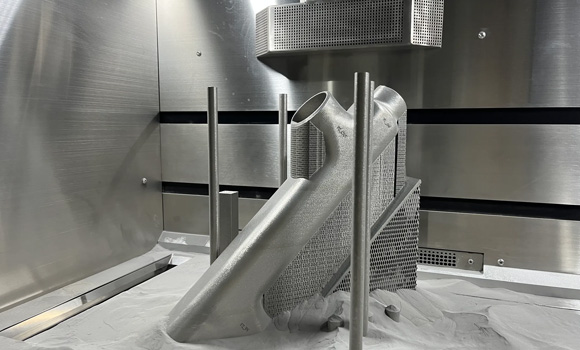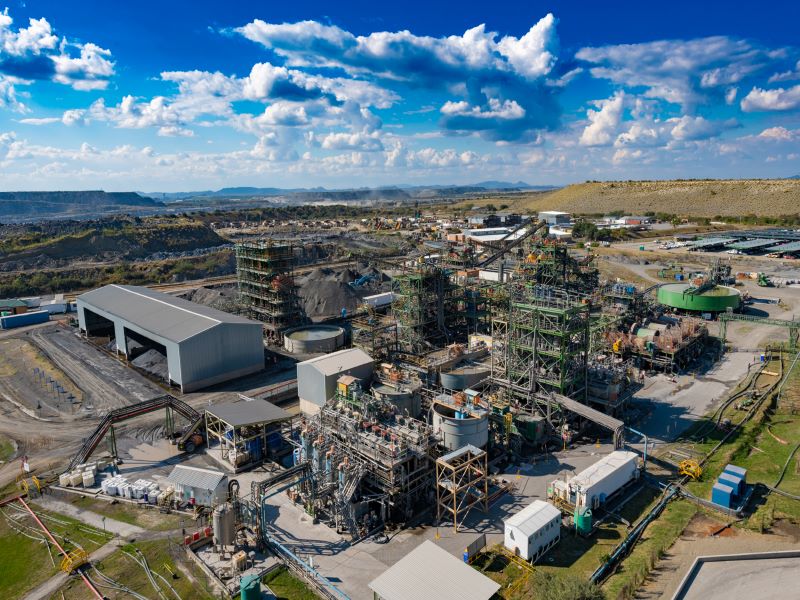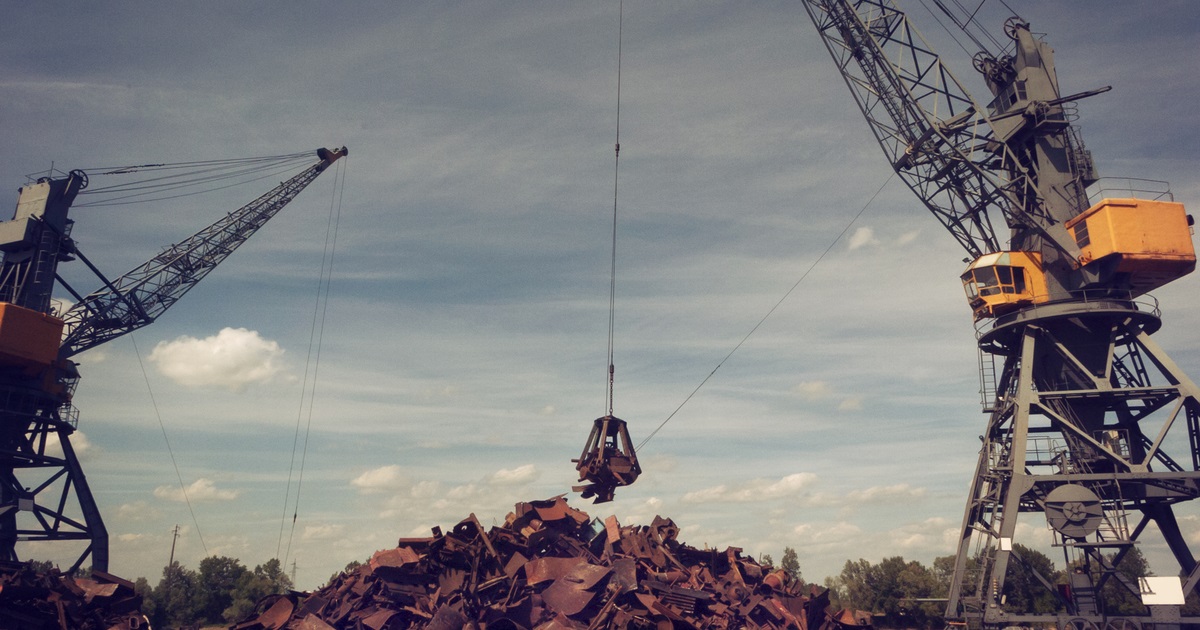
Innovative Metal AM Heat Exchangers for Sustainable Desalination
TEMISTh and Eplus3D have partnered to develop cutting-edge metal Additive Manufacturing (AM) heat exchangers. These nickel-alloy exchangers achieve 99.9% density and withstand extreme conditions. The project supports the European Desolination initiative, aiming to enhance sustainable water resources through advanced thermal exchange technology. TEMISTh utilizes Eplus3D’s EP-M300 metal AM machines, enabling complex geometries unattainable by conventional manufacturing.
The heat exchangers optimize heat transfer between supercritical CO2 and concentrated desalination fluids. Using CFD-driven fluid dynamics and FEA-validated mechanical designs, TEMISTh reduced material waste by 40% and cut production time by half. This approach allows modular assembly of large heat exchangers, breaking traditional size constraints.
Enhancing Sustainability with Metal Additive Manufacturing
TEMISTh’s testing confirmed the heat exchangers perform well in harsh conditions like high heat, pressure, and corrosion. After heat treatment, the metal showed very high density, proving that metal AM works for demanding industrial uses. By combining engineering knowledge with Eplus3D’s precise 3D printing, the project supports faster moves toward low-carbon goals.
Jean-Michel Hugo, CEO of TEMISTh, praised Eplus3D for smooth setup and strong technical help. As a result, production stayed on track and downtime was kept low. In addition, Martin Bizot of Eplus3D said the team-up opens new paths for better heat control and cleaner energy systems.
SuperMetalPrice Commentary:
This project shows how metal Additive Manufacturing can support greener industry. The successful heat exchangers from TEMISTh and Eplus3D prove AM can make strong, low-waste parts. As more sectors aim to cut carbon, AM will play a key role. This work shows how smart design and metal 3D printing can improve systems like desalination. In the long run, such advances may shape the future of energy and water worldwide.











Leave a Reply
You must be logged in to post a comment.